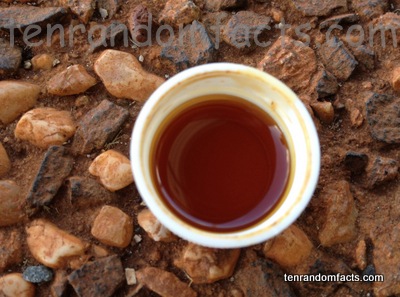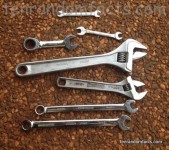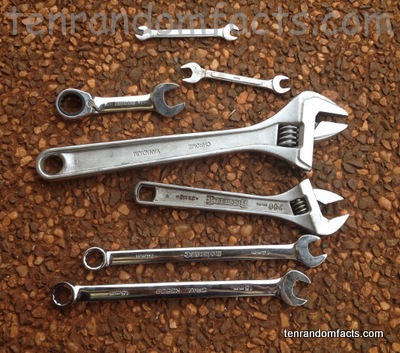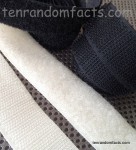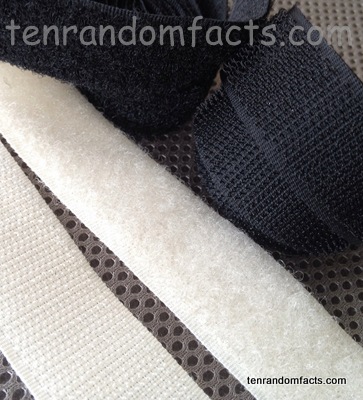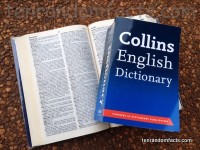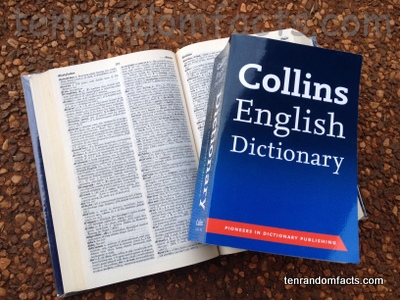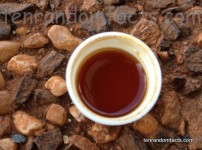
Do you use pure or imitation vanilla extract.
- Vanilla extract is a flavouring mixture that largely contains vanillin, which generally comes from the vanilla bean that grows on an orchid plant called Vanilla planifolia.
- Pure vanilla extract is made be steeping 100 grams of vanilla beans in a litre of water mixed with 35% alcohol, (for each gallon of liquid, 13.35 ounces of vanilla beans) and the final liquid is usually purchased in a small bottle.
- Vanilla extract is the most frequently used type of vanilla flavouring and is typically dark brown in colour, and pure vanilla extract has a more distinct smell and flavour than the more bitter imitations.
- ‘Vanilla extract’ is also known as ‘vanilla essence’ and unnatural or synthetic vanilla flavouring extract or essence is known as ‘imitation’ vanilla.
- Some people are allergic to vanilla extract and can develop migraines from it due to its vanillin content.
- Vanilla extract is popularly used in flavouring baked wheat products, sweets and desserts, particularly custard and ice cream.
- Vanilla extract can be expensive, particularly when typhoons hit the main producing countries, causing significant losses.
- The main producer of vanilla extract is Africa’s Madagascar, an island in the Indian Ocean, although the plant is native to Mexico.
- Vanilla extract may vaporise when heated as a liquid, due to its alcohol content, and will generally result in the loss of some vanilla flavour.
- Vanilla extract was first developed as a commercial liquid product in the 1847s in the United States by an American chemist Joseph Burnett, after a request from a customer.
Bibliography:
History of Vanilla, n.d, Plain Vanilla, http://www.indepthinfo.com/vanilla/history.shtml
Martinez C, What is the Origin of Vanilla Extract, n.d, http://www.ehow.com/info_12012268_origin-vanilla-extract.html
Vanilla, 2014, Joy of Baking, http://www.joyofbaking.com/Vanilla.html
Vanilla Extract, 2014, Wikipedia, http://en.wikipedia.org/wiki/Vanilla_extract






